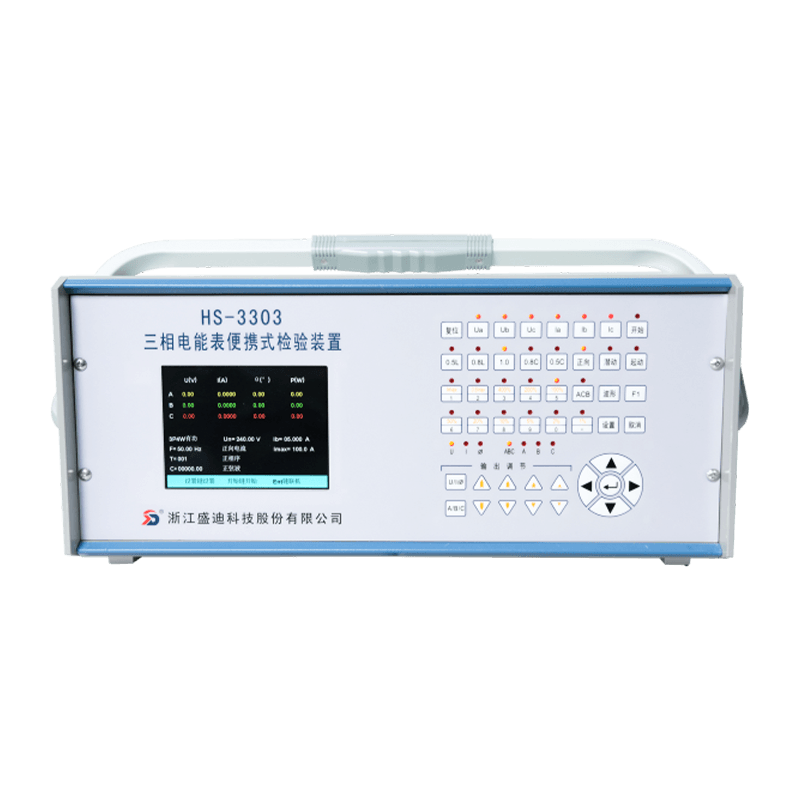The Water Meter Description Bench Factor is definitely important consideration around water meter overall performance. This measurement parameter allows utilities determine while to replace their meters. It also allows them to check out the overall performance on the meter. Water meters will surely have high variations in reading, and a higher variability can lead to an error.
The first validation process involves identifying outliers and also abnormal data items. It also contains consistency checks pertaining to flow rates in addition to duration. Then, the weighted error is set. This figure is calculated while using the results of quite a few tests with distinct reference meters. The data through the different tests are compared to one another to ensure the fact that water meters usually are consistent.
The Water Meter Description Bench Factor need to be applied to both new and utilised water meters. A fresh meter should employ a lower measurement error than a vintage one. Similarly, a used water meter really should have a higher accuracy and reliability value than one who is old or even damaged. Therefore, it is very important consider the age with the meter and it's totalised volume when you compare the two proportions.
To calculate your weighted error associated with water meters, a reference error curve have to be computed. This value needs to be derived from the particular degradation models for each water meter. Table 7 provides the final results. This value symbolizes the weighted miscalculation of water meters over the period of 6 years.
These results may help FACSA improve the group water meters by way of giving water ammenities more accurate quotes of revenue turn into and apparent deficits. The results worth mentioning tests are available in water meter maintenance and then for improving the quality of water meter installing. The results will likely help them find out when to replace a meter.
Water Meter Description Bench Factor is the main measurement parameter pertaining to water meters. It's a standard of trustworthiness that determines the grade of water meters. Water Meter Measurement Bench Factor really should be accurate within 2% for flows up to Q2. If there's a large variation, the error should be larger than -0. 50%.
To calculate water Meter Measurement Regular Factor, the meter need to meet certain conditions. It must always be reliable and repeatable. A baseline flow rate connected with 1. 5 m3/h is required, as well like a transitional flow rate of 120 L/h. By way of example, a Class B meter will surely have an error regarding +5% between 35 L/h and 120 L/h.
Another bench is available containing two parallel wrinkles. This configuration allows a bigger number of meters to get analysed as well. It uses an electronic controller that unwraps shut-off electrovalves with both lines during predetermined times. This helps reduce enough time needed for the actual experiment. Its built-in electrode holder is additionally convenient and convenient to use for novices.
This study also consists of tests under intermittent flow conditions, which test the meter's flexibility to measure quick consumptions. This test also ensures that the meter can adapt to the real working conditions inside field. The experiment conditions are cyclic, therefore the duration of a new consumption event is definitely more important approach flow rate. Furthermore, the proposed lab tests emphasize potential biases that could arise from limited consumption events.

